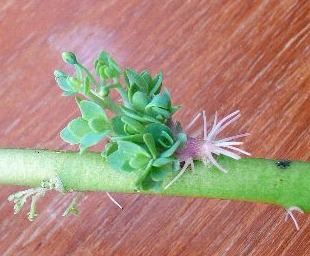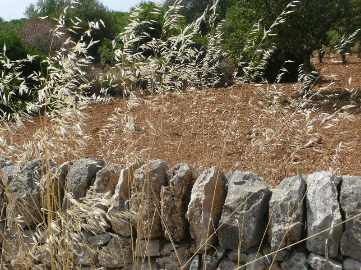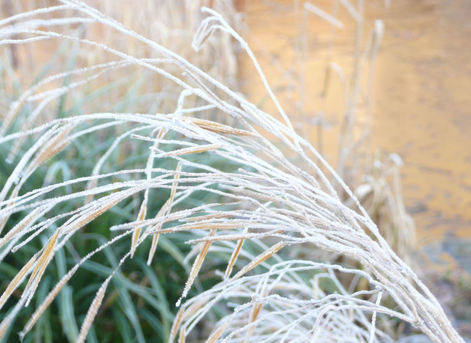New RHS system of frost hardiness rating
Posted on
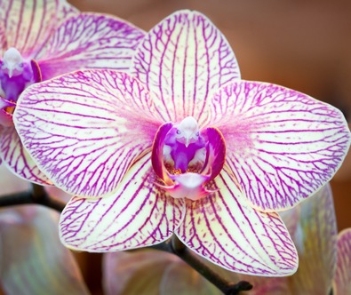 |
It is easy to recognise an Orchid as tender, a warmth loving plant which requires a nice indoor home. It's less easy to be so clear when considering planting some of our common garden plants and shrubs. The problem is if you don't know the frost hardiness rating of a plant you don't know where to plant it in your garden, or whether it will survive one of our winters. The shrub in the image below left is Nandina domestica, common name heavenly bamboo, although it is not a bamboo at all, it is a lovely garden shrub with fine delicate leaves which appear bronzed or tinged red on some varieties. It makes a really good addition to a shrub border but how hardy is it? Under the old hardiness rating system it was classified as *** which is hardy but in reality it only really likes temperatures down to around -10 degrees C and dislikes exposed gardens and chill winds which can leave it looking in a very poor state at the end of the winter. The old system of hardiness rating was a bit of a blunt instrument with just 4 categories to cover tender to fully hardy. The new system of frost hardiness rating devised by the RHS in 2012 and launched this year has 7 catagories and so allows for more information around the hardiness rating. Curiously I cannot find Nandina domestica classified under the new hardiness rating system, even though all the RHS merit plants are meant to have been re classified under the new rating, most web sites including RHS say "frost hardy but needs sheltered position." I suspect looking at the new classification Nandina domestica will be not considered fully frost hardy but H4 which is only down to -10 and with reservations with regard to garden sites and exposure. The new system of hardiness rating should make the position clearer. A shrub such as Nandina domestica would be better described as H4 and inform the buyer to bear in mind it's slightly tender nature, and to plant in a sheltered spot, and not at all in an exposed garden. The RHS has tackled the problem of our frost hardiness rating system although I guess it will take another 12-18 months to determine if it is working out as planned. For more information about the old and new system of frost hardiness follow the link
|
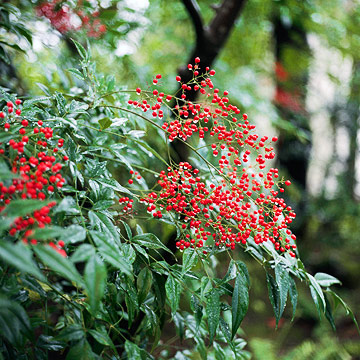 |

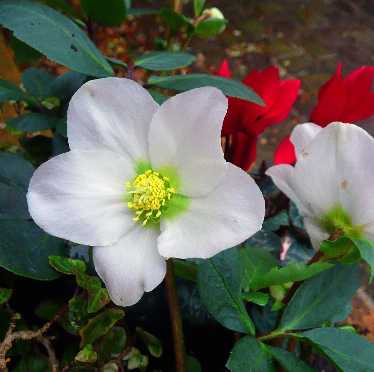 We We a
We We a
